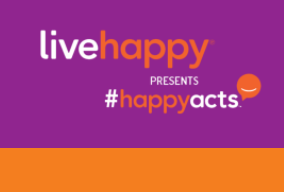We are too happy about spelling on International Day of Happiness not to share these unedited videos!
With at least 5 unfinished drafts about our learnings from this year in my Draft folder — I’m just gonna make this entry short but sweet for fear of running out of time to complete the post! One thing’s for sure, when one begins to understand a language that previously appeared to be crazy or weird, one does not want to post about it in a way that is less than scholarly — so as it often happens, I begin writing, then want to double check my work (for good reason!!). Then the enemy of lack of time and my personal need for extended processing time interrupt that all-important work. I actually don’t mind in some ways because when I set something aside for a bit then come back to it, I see errors or less than accurate information that I know I can fix or I learn something in-between time and am glad I waited to post so I could clear it up.
Today however, is not one of those days — this topic is time-sensitive. We are participating, school-wide in the International Day of Happiness today so my groups began investigating the words ‘happy’, ‘happiness’, ‘happily’, etc. to see what we could learn about their spelling.
We tried taping ourselves during the lesson but it did not work out so instead, I taped myself giving a mini-lesson. The first video is a condensed version — 7 minutes long — about the relationships between the spellings of words in the family ‘happy’. (NOTE: volume increases about half-way into it)
The 2nd video is longer and more packed with information about structured word inquiry, matrices, orthography, relationships of words, histories of words, etc. — it lasts about 15 minutes (NOTE: sound begins 15 seconds into it).
Both videos/lessons are not perfection — what lesson ever is? I would change things if I had time for editing and software to do it. For example, in the 7 minute video, I totally transpose the letters <i> and <y> in one section, and I used ‘happy’ in a sentence and called it a noun, but it is an adjective (She is happy.); but I think the overall understandings can be gleaned from the videos and that the information serves its purpose. At some point, I will remake them but would rather explain errors at this point and move forward with investigating more about this base.
We have plans to take this learning even deeper by further analyzing the word ‘happy’ and looking for more relatives — watch for that video soon!
Go out and spread some happiness! It’s contagious!

